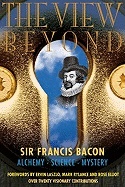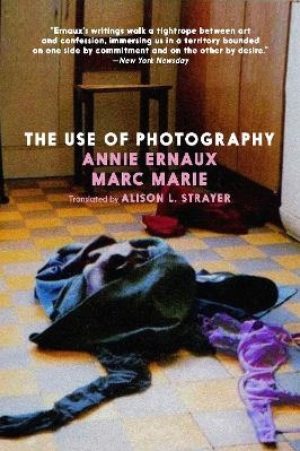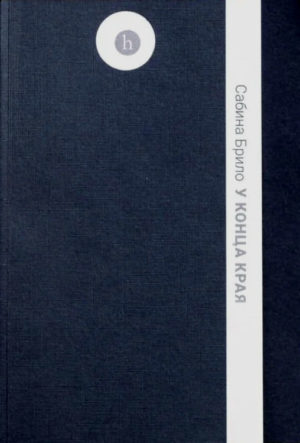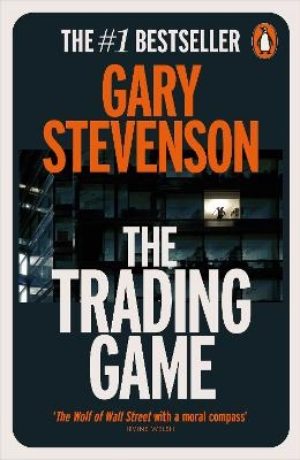Dave Patrick's 2009 collection, The View, focused on Sir Arthur Conan Doyle (b. 1859) and his 150th birthday in the context of his Spiritualism and his position as progenitor of the New Age. Contributors to THE VIEW BEYOND extend a similar treatment to Sir Francis Bacon (b. 22 January 1561) and see a similar connection between his esoteric interests, his supposed connection with Rosicrucianism and the development of science and spirituality today.
Commemorating Sir Francis Bacon's 450th birth anniversary, the 20 and more contributors to THE VIEW BEYOND see a connection between Bacon's attempt to write the master plan of science, his esoteric interests, his supposed connection with Rosicrucianism, and the development of science and spirituality today.
Division of the book is into four main sections. The first is about Bacon himself: John Henry on Bacon the scientist, Bacon the alchemist; Peter Dawkins on his 'Great Instauration' or programme for human advancement, Simon Bentley on his horoscope and Colum Hayward on his posthumous reputation.
Section 2 develops the esoteric connection is represented by a diversity of authors including Tim Wyatt, who puts the main debate in a Theosophical context; Sylvia Francke on the role of Rudolf Steiner as a synthesizer and Nick Lambert on alchemy, The New Atlantis, and the esoteric.
In section 3, Frank Perry writes on the seventh ray in art, seeing Bacon as standing at the head of this influence, and Richard Merrick writes on interference patterns in music and how they are building blocks of the universe itself.
Section 4 is about science today, and breakthroughs in neuroscience as well as physics which bring into question the traditional model of materialism; it also examines the social responsibility of the scientist, which is inherent in Bacon's view of science as an activity of the state. In a final section, Kathleen Pepper writes on the Golden Age, Colum Hayward on the topic 'Beyond Materialism' and Steve Nation concludes with a review from the United Nations in New York of esotericism, science and spirituality today.





